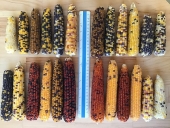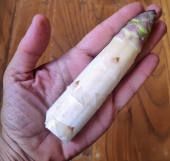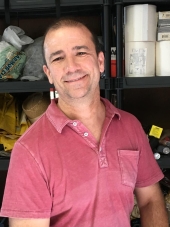
 11
11




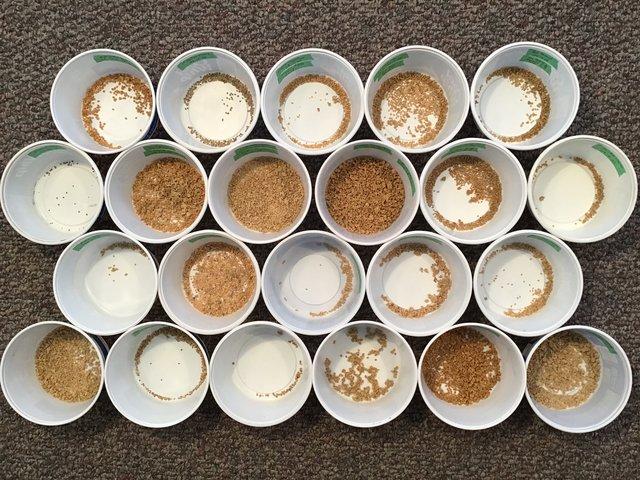
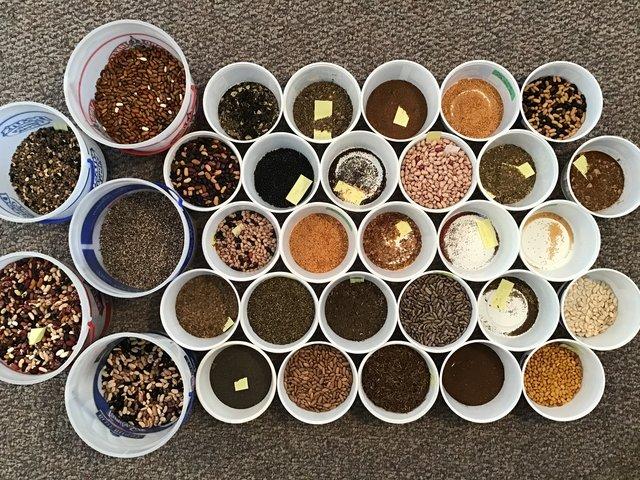
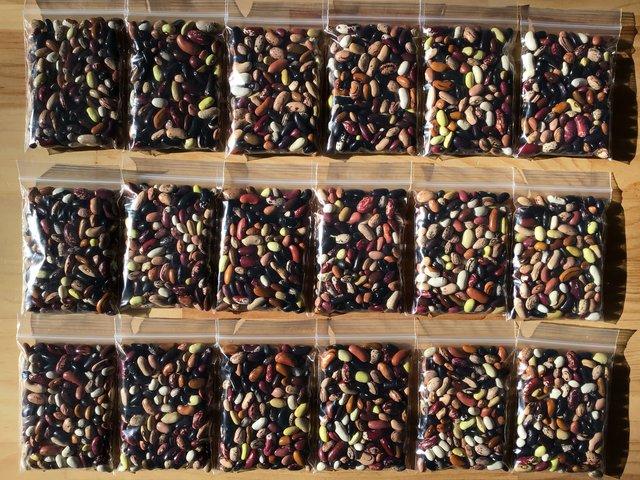

 6
6




 5
5





“Trees know when we are close by. The chemistry of their roots and the perfumes of their leaves pump out change when we're near...when you feel good after a walk in the woods, it may be that certain species are bribing you”
― Richard Powers, The Overstory
 8
8




 3
3




I would love if such an event or two existed in this state but I do not think it will happen. I do not think there is as much going on out there in the U.S. as we think, but yes there are some prominent seed swaps in this nation that always seem to stand out in which I would love to participate. Minnesota is a fairly quiet and uninvolved/unevolved state regarding the seed movement.Christopher Weeks wrote:Tom, I've been playing with the idea of trying to put together a MN-based seed swap where folks actually get together in a big room and meet for real. I read about them happening other places and they sound rewarding, but I haven't found reference to anything substantial in our state. Do you have pointers to such events? Like the one where your beans were underappreciated?
I am not interested in combating the "purity" notion and "heirloom" concept, if people want to go that route that is fine with me and none of my business, as long as they are aware and informed of the pros and cons. I am interested in combating all the misinformation out there. I have little time and patience for self-appointed "experts" who seek to dictate to others how to do things in an authoritarian manner. They always want to impose structure and place meaningless rules and requirements regarding how people should be gardening and producing their own food, and when the information they push is flat out incorrect it creates a lot of confusion that other people then have to correct. I have many examples of this problem, FB groups are some of the worst purveyors of such misinformation and the primary reason I finally had enough and quit that social media. I took my life back from all that negative energy.Christopher Weeks wrote:It's hard for me to think how one would combat the "purity" notion gardeners hold about their heirlooms, in part, because as a new grower, when I ran across the concept of growing landraces, it clicked immediately into place as the obviously superior mode. What is it that prevents that insight in other people, I wonder?
Lack of knowledge/education and lack of the ability to self-educate. I would also add lack of willingness to question everything and then seek out truth and facts. All can easily be overcome with a little bit of effort and personal initiative. Lack of guidance is also a very serious issue as well for those who might need it, and I suspect there are a lot of folks out there who need it (though this should not be a replacement for self-education). As far as I am concerned life is all about learning and the acquirement of knowledge, and the willingness to question and seek out answers and solutions.Christopher Weeks wrote:What is it that prevents that insight in other people, I wonder?
These are some very important reasons as to why I no longer engage in the heirloom/varietal purity movement. Keeping my seeds organized and updated and figuring out growout schedules based on germination test schedules started taking up so much of my time that I got sick and tired of doing it. It stopped being fun and started to adversely affect my interest in gardening and I began to question why I was making all that effort. For example, at one point I had over 400 pure-strain varieties of heirloom bush snap and dry beans. Now I have maybe a dozen, the rest are all mixed up in my mixes and landraces and are held in high regard for the genetics and diversity they continue to add to my seed collection.Christopher Weeks wrote:One thing that occurs to me is the impulse to collect and have precious little things that fit in their little boxes (seed packets) with names and histories that require curation.
 1
1




It IS fun, and it really is not that much more work once you get into the groove of things. Just take things one step at a time, and do not try to figure things all out at once or you will get overburdened - different food plant types require different seed saving methods, so start out with the easiest (beans, IMHO) but learn something new every year. I feel saving seeds is no different than harvesting produce for the dinner table, just another aspect of getting you to that point. Last year 2021 I was (and still am) very concerned about the national food supply, supply chains, and commercial seed supply issues. I decided it was in my best interests to disconnect myself even further from commercial seed sources so I engaged in a massive (for me) increase in growouts strictly for seed. I expanded my gardening square footage and then I expanded my seed growouts to 25% of the available garden square footage (I am going to do the same thing once more again in 2022, then I think I can back off a bit). It was a tough growing season here but I still ended up with so much seed that I had to increase my seed storage capacity. I am situated quite well for the immediate future through the next decade, based on how the germination rates of seeds of specific food plants is maintained over a certain timeframe (you absolutely need to know this information, because it dictates how often you have to grow out certain things to maintain viable and reliable seed stock. It is not complicated, you just need to know it or have a printed reference).Jeff Pollari wrote:I'm going to start collecting my seeds now that I've read this post. Sounds pretty fun and easy. I like the idea of having it as a part of my harvest. I'm also in the MN area. I hope I have some good seeds to share by fall

 5
5




Forever oscillating between wondering how I can fit everything I want to grow into my tiny urban garden (hahaha I can’t) and how to make enough money to buy my dream mini farm where I can grow everything I want to grow, raise chickens and be a haven for my local pollinators and wildflower species 😁🌱🌻
 5
5




Nothing ruins a neighborhood like paved roads and water lines.
 2
2




Mark Reed wrote:I don't worry over it if people aren't interested in my mixed up franken seeds. On the other hand, I have developed some methods to spark interest. One and it's a pain in the rump is to do make up nice packets with pictures. I don't know why but people are attracted to that, however since it is a time-consuming pain, and it isn't really my responsibility to educate people I don't often go to that trouble.
Another thing is I don't overwhelm them by trying to explain landraces or plant breeding. About the most I do there is to say I've been saving these seeds for a long time in our climate, so they are better adapted those you might buy from a big company. I don't even warn them that my watermelons might be yellow, or red, or orange, or almost white inside, they all taste like candy, so boo-hoo for them if they are surprised or disappointed. Besides I never said they were anything other than small, sweet watermelons and that I forgot what kind they are.
On beans specifically I might just say this is my own local "bean soup mix. The flavors all bled together and make a fine bean soup. Make sure to plant some of each color and later, when you have enough, sample them individually, leave out any you don't like and plant more of the those you do. Sometimes new ones might show up, make sure to plant some of them too.
If they take them home and put them in the ground that's all that matters, they don't have to know let alone understand anything else.




Heather Gardener wrote:I fell hopelessly in love with gardening a few years ago. I’d dabbled in growing hot peppers on my windowsills for a few years before then, but one day I came across a YouTube channel called roots and refuge farm, and it just spoke to me. It showed me things I didn’t know existed (black tomatoes for example) and what growing food on a large scale was like. As any new interest of mine tends to prompt a deep dive research mode into the field, I found out all about organic gardening, plant breeding, permaculture and, more recently, landrace gardening. I’d never had any exposure to any of this info previously, so all that I know is from books, videos and places like permies where you all have valuable experience of this stuff.
I’m currently amalgamating many of my individual strains of seed into mixes from which to develop my own landraces from. It makes complete sense to me that the more genetic diversity you have in your mixes, the better odds you have of something amazing being bred that is perfect for your area. I am quite a lazy gardener and don’t have too much interest in babying plants in order to get them to grow. If it’s something a bit special, I’ll make more effort, but for the most part I want it to grow like weeds do. With a few generations, I’m hoping a combination of natural selection and me ensuring pollen transfer between all the flowers will get me closer to this.
I just wanted to say Tom that there is hope. I’ve only been doing this for a few years and yet I have learned enough to see the value that the diversity of your seeds brings. I also think it’s pretty damn cool that it probably contains combinations of genes that don’t exist anywhere else on the planet! Some of us do see through the misinformation, or advice presented as gospel,but are just curious/rebellious enough to question it/decide to try it our own way anyway.




Forever creating a permaculture paradise!

|
You get good luck from rubbing the belly of a tiny ad:
Freaky Cheap Heat - 2 hour movie - HD streaming
https://permies.com/wiki/238453/Freaky-Cheap-Heat-hour-movie
|



